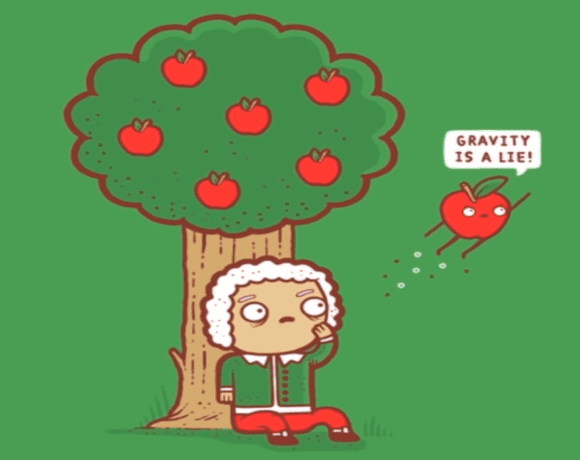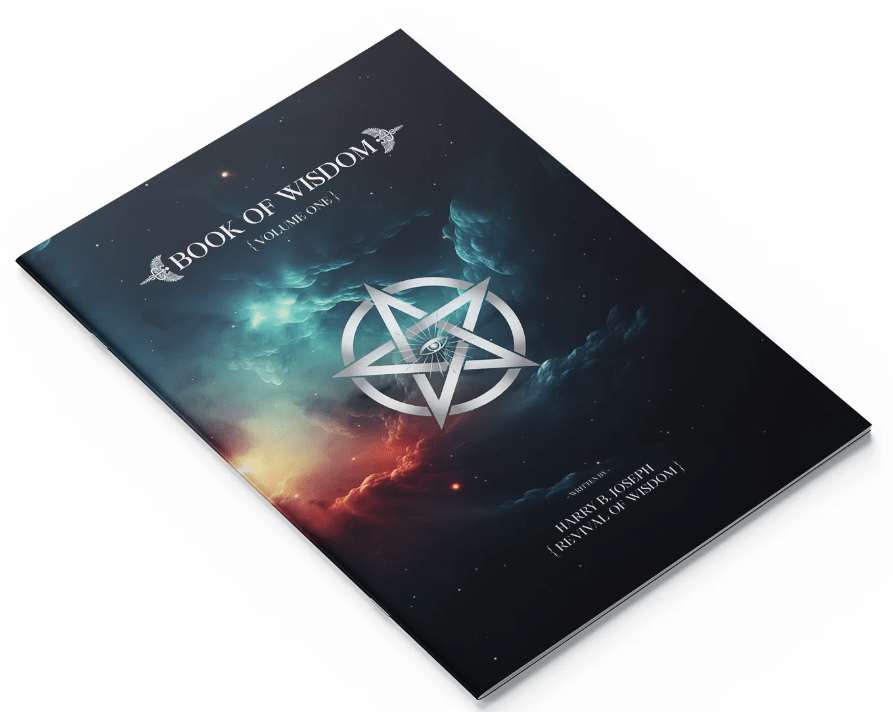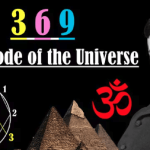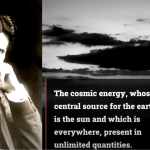Diving headfirst into the rabbit hole of alternative cosmology can be a disorientating, yet enlightening experience. The Flat Earth theory, often regarded as fringe pseudoscience, has its fair share of compelling arguments that occasionally shake the core of mainstream scientific understanding. Among the most recent content to create such waves is a YouTube video titled “Entropy on a Flat Earth. Crrow777 / Owen Benjamin” by Flat Earth Sun, Moon & Zodiac Clock App. This piece presents an array of stimulating thoughts worth exploring.
The video opens with an impactful statement about the power of belief systems, a thread that weaves throughout the narrative. It highlights how societal conditioning can stifle our instinct to question and seek the truth. The sun’s proximity to Earth is posed as an example, challenging the popularly accepted distance of 93 million miles. The assertion here is that the system is self-preserving, perpetuating beliefs that keep the truth hidden.
The speaker postulates that the lack of knowledge about our existence’s true nature essentially robs us of our potential, imprisoning us in ignorance. This powerful sentiment underscores the video’s key message – questioning our understanding of reality.
Entropy, a principle of thermodynamics, serves as a linchpin in the argument. It’s suggested that the widely accepted Big Bang theory, coupled with the law of entropy, cannot account for our galaxy’s perfectly flat plane and uniformly spinning planets. The video further argues the astronomical improbability of our moon as a perfect sphere and its peculiar rotation that reveals only one side to us.
One of the video’s most audacious claims is that the moon could be a two-dimensional object. The luminescence of the moon, its circular shape, and rotation pattern suggest this, the video proposes. The mainstream scientific understanding of the moon’s formation and rotation is vehemently dismissed as nonsensical.
The discussion around the perfect alignment of the sun and moon during an eclipse, despite the enormous difference in their size and distance from Earth, adds to the list of “improbable coincidences.” The video counters mainstream explanations of eclipse shadows and the concept of an umbra with skepticism, suggesting indoctrination as the reason for their acceptance.
Science’s infallibility is also questioned. The video points out that when foundational beliefs, like those held about NASA, are challenged, the reaction is often ridicule and disregard, opposing the ethos of questioning inherent to scientific pursuits.
The video concludes with a direct challenge to the Big Bang theory through the lens of entropy, pointing to the complexity of the human eyeball as a contradiction. The final question, “Where is the curvature?” echoes the central theme of the Flat Earth theory, and the video, leaving viewers with a profound contemplation.
Ultimately, “Entropy on a Flat Earth” is a thought-provoking video that challenges mainstream cosmological understanding and invites viewers to question, explore, and seek the truth. Whether you agree or not, it undeniably stimulates deep reflection on our understanding of reality, acting as a catalyst for curiosity and fresh perspectives.
The video begins with a bold assertion about the power of indoctrination – the ability of repetitive messaging from birth to cause people to accept concepts that might, on the face of it, seem nonsensical. Such as the widely accepted distance of the sun from the Earth – a staggering 93 million miles. The video posits that our unquestioning acceptance of this and similar “facts” is not a testament to their truth, but rather a byproduct of a system designed to protect itself and its deceptions.
The speaker continues to question the mainstream narrative, pointing out inconsistencies and anomalies in our accepted understanding of our existence and the universe we inhabit. He suggests that not truly knowing where we exist deprives us of a fundamental understanding of ourselves and our reality.
A significant part of the video is dedicated to discussing entropy and its implications in a flat earth context. The law of entropy states that systems naturally tend towards disorder, a concept seemingly at odds with our observed reality. The speaker uses the example of the human eye, a remarkably complex and orderly structure, to challenge the idea that such order could spontaneously emerge from the chaos of the Big Bang.
Flat Earth Sun, Moon & Zodiac Clock App’s video further questions the accepted realities of our solar system. The perfect circularity of the moon, the identical rotation and revolution speeds keeping only one side of the moon visible from Earth, and the suspiciously precise alignment of the sun and the moon during an eclipse – all these are presented as points of contention. The video suggests that these are not mere coincidences but possibly indications of a different truth.
The creators of the video also challenge the mainstream explanation of the moon’s creation, arguing that the debris from the supposed Mars-sized object collision would have created rings around the Earth, much like Saturn’s.
Throughout the video, there is an undercurrent of challenging authority and questioning accepted narratives. It highlights the importance of independent thinking and the pursuit of truth, even if it goes against conventional wisdom. This is a central tenet of the flat earth ideology and one that resonates strongly within the truth-seeking community.
In conclusion, “Entropy on a Flat Earth” is an enlightening piece that encourages viewers to question the accepted truths of our existence. It presents an alternative perspective that, while controversial, has the potential to stimulate thought, provoke conversation, and ultimately lead to a deeper understanding of our reality. Whether you align with the flat earth ideology or not, this video is a testament to the importance of curiosity, skepticism, and the relentless pursuit of truth.
For further exploration of the flat earth theory and perspectives, consider visiting the following websites:
These resources offer a wealth of information for those seeking to delve deeper into this fascinating ideology.




















